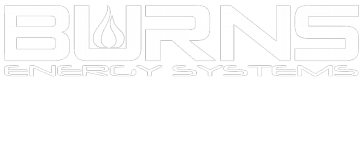Secondary zinc with known impurities is loaded into the Swing Zinc Furnace where it dissolves.
Secondary Zinc Processing
BURNS process for removal of Fe, Ni, Al, Cu, Ti, Sn, etc. from Secondary Zinc

Most impurities in the zinc react with the reagent to form a floating precipitate in the Swing Furnace.
The precipitate is removed from the Swing Furnace leaving 99.9% pure liquid zinc (from low Pb feed)
Precipitate is transferred to the Zinc Squeezer where any remaining metallic zinc is recovered and transferred back to the Swing Furnace.
Zinc with less than 0.06% iron is transferred to one of the BURNS vaporizing furnaces.
